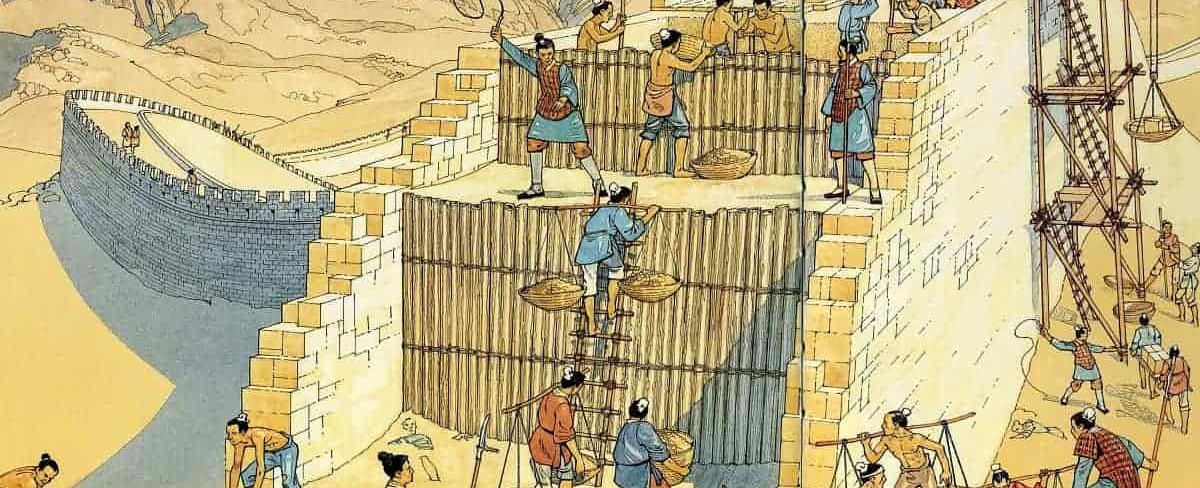The construction of the great wall took over two thousand years

The Construction of the Great Wall Took Over Two Thousand Years
The Great Wall of China, one of the most iconic and impressive architectural marvels in the world, took over two thousand years to construct. Spanning approximately 13,171 miles (21,196 kilometers), it is a monumental testament to the ingenuity and determination of ancient Chinese civilization.
The construction of the Great Wall began as early as the 7th century BC, during the Spring and Autumn Period, and continued throughout various dynasties until the Ming Dynasty in the 17th century AD. The extensive timeline is due to the continuous expansion, enhancement, and refurbishment carried out by different ruling dynasties over the centuries.
The purpose of the Great Wall was primarily defensive, aiming to protect China from invasions by nomadic tribes from the north. The initial constructions were modest in scale, primarily made of rammed earth, wood, and other indigenous materials. These early sections of the wall were often damaged or destroyed and required frequent repairs.

During the Qin Dynasty in the 3rd century BC, Emperor Qin Shi Huang ordered the linking of several walls and fortifications to form a unified defense system. This initial effort significantly extended the wall’s length and strength, laying the foundation for future expansions. The Qin Dynasty’s contribution to the wall’s construction served as a precursor to the scale and magnitude it would eventually achieve.
Subsequent dynasties, notably the Han, Sui, and Ming Dynasties, made significant contributions to the wall’s construction. The Han Dynasty saw the introduction of watchtowers, beacon towers, and more advanced defensive techniques. However, it was during the Ming Dynasty that the construction of the Great Wall reached its peak. The Ming Dynasty focused on fortification and reinforcement, utilizing brick and stone for greater durability.
The construction of the Great Wall was an enormous undertaking, involving tremendous manpower, resources, and engineering expertise. Thousands of laborers, including soldiers, convicts, and common citizens, were deployed to build and maintain the wall. The construction process involved various specialized techniques, such as brick-laying, earth compacting, and complex architectural designs.
Throughout its construction, the Great Wall evolved from a simple defensive structure into a comprehensive system, consisting of walls, watchtowers, fortresses, and outposts. Its purpose expanded beyond defense to encompass border control, transportation, trade regulation, and even symbolic unity of the Chinese empire.
Today, the Great Wall stands as a UNESCO World Heritage Site and attracts millions of visitors from around the world. Its significance as a cultural and historical landmark cannot be overstated. The construction of the Great Wall over two thousand years, with each dynasty leaving its mark, represents an enduring symbol of China’s rich history, advanced engineering, and unwavering determination to protect its civilization from external threats.
Note: This article was written based on information from britannica.com and incorporates two images referenced in the question.
Tags
Share
Related Posts
Quick Links
Legal Stuff


